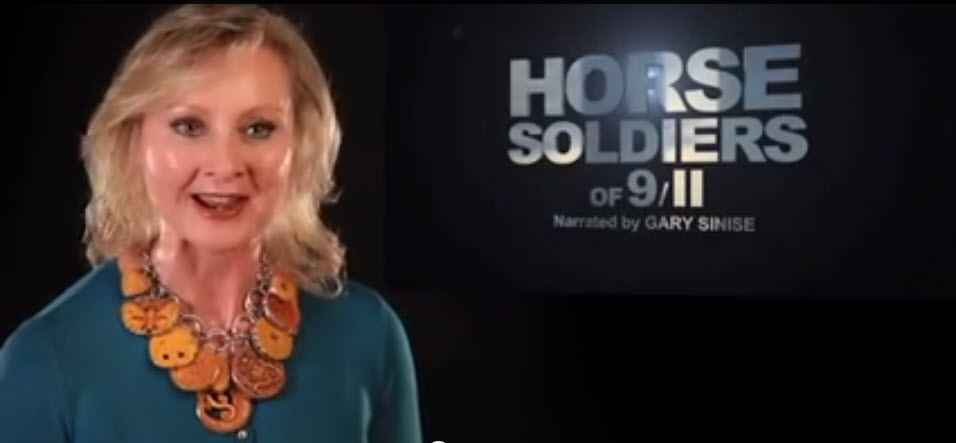AVON PARK AIR FORCE RANGE, Fla. — As a member of the U.S. Air Force’s elite Combat Search and Rescue team, “Dan,” a pararescueman, or PJ, is used to saving the lives of fellow U.S. and coalition troops in battlefield situations. But last month, he was the one in need of rescue.
During a mission in southeastern Afghanistan, he was critically injured in a Chinook helicopter crash that killed eight service members, including U.S. Army Rangers and a fellow pararescueman. Before losing consciousness, Dan managed to give a medical assessment to a rescue team in another location.
As he lay in a hospital bed at Walter Reed Army Medical Center, recovering from the injuries he suffered in Afghanistan, Dan said he couldn’t wait to get back to his unit.
We originally met “Dan,” a PJ, which is short for parajumper, right before he volunteered for that mission in Afghanistan. “We’ll live up to our motto, ‘That Others May Live,’ ” he said to us during covert night-operations training in Florida swamplands. “If you’re out there, we’ll go get you.” (Watch PJs train for missions abroad Video)
The PJs are special operators within the Air Force, a kind of cross between a Green Beret and an emergency trauma paramedic. These elite troops need to remain anonymous to work behind enemy lines, so actual names are avoided in this story. Their job is considered one of the military’s toughest, and they are in constant demand. Lately, headline after headline about aircraft that have gone down in Iraq and Afghanistan have reinforced that fact.
The team
For every helicopter that goes down, an Air Force Combat Search and Rescue team, which includes the PJs, must go into that same hostile territory to rescue and medically treat the downed crew. The PJs are part of what’s called the Guardian Angel Weapon System, which includes combat rescue officers and survival, evasion, resistance and escape specialists. Pilots and aircrews of high-tech rescue helicopters, A-10 Warthog attack jets, fighter jets, reconnaissance aircraft and special refuelers round out the team.
“We’re spring-loaded,” said an A-10 pilot whose call sign is “Batt.”
“You’re looking at a whole wing of people to put a couple of us guys on the ground to get one guy home,” PJ “John” added.
The PJs are the only unit designated by the Department of Defense primarily to rescue and recover U.S. personnel trapped behind enemy lines. These units take on other special duties that they do not talk about, but their main mission is to save and bring people home from hostile territory.
“The most comforting thing that was said to us was, ‘Because of you guys, a warrior was brought back,'” rescue helicopter pilot “TC” said.
Air Force officials credit their Combat Search and Rescue teams with more than 750 saves in Iraq and Afghanistan since 9/11. They also credit these units with saving more than 4,000 lives during and after Hurricane Katrina. Hollywood has dramatized some of their exploits in movies such as “The Perfect Storm,” which showed rescues off the New England coast, and “Black Hawk Down,” which showed them helping bring back Army Rangers and others wounded or killed in helicopter crashes during the Battle of Mogadishu, Somalia, in 1993.
The work has always been dangerous, but it is getting more so, according to one PJ: Insurgents have laid ambushes, or placed bombs or other “secondary devices,” that specifically target the rescue teams. They call these “SAR traps,” short for Search and Rescue traps. Six PJs have been killed since the beginning of both operations Iraqi Freedom and Enduring Freedom.
Dan, the PJ injured in Afghanistan, said before he left for that special mission that his teammates know they can face hostilities every time they respond to a call.
“For the families of those soldiers and civilians, they should know we’ll go out there and do what we can; we’ll put our lives on the line to bring that person home,” he said.
The tools
PJs head into war zones with an array of equipment: rafts, snowmobiles, scuba gear, 4-wheelers, mountain-rappelling equipment, souped-up jet skis, medical equipment, off-road motorcycles, parachutes and oxygen masks for high-altitude jumps from aircraft. They also carry a variety of weapons, from combat machine guns to sniper rifles. This is what the PJs call “traveling light.”
“I remember laughing because PJs, before we deployed, they said, ‘Sir, we need to bring our water gear,’ and I said, ‘You’ve got to be kidding me. We’re going to the desert.’ And they said, ‘You never know, we’ve got be ready.’ I’ll be damned if I didn’t have to eat crow,” helicopter pilot TC said.
After doing water rescues and helping recover downed aircraft, humvees and other U.S. military vehicles in lakes and canals in Iraq, TC changed his tune.
“I was like, ‘OK, you guys won, if you want to bring snowmobiles to the desert, I’m gonna let you, because who knows, it might be snowing that day.’ ”
PJ training is among the toughest in the U.S. military’s special units, which include SEALs, Green Berets, DELTA Force and Marine Force Recon. Nine out of 10 people who try to be PJs do not make it through the selection process. PJs have to train in a variety of disciplines: parachuting, underwater combat, wilderness survival, trauma paramedic training and more. If candidates don’t do well in one thing, they are out.
“It has to be,” PJ “Mark” tells me, “We’re talking about what could be the difference between life and death on every single mission we go out on.”
In the early days of the Iraq war, during the coalition’s “shock and awe” campaign, that training made a difference for “Chocks,” an A-10 pilot whose plane was shot down by a surface-to-air missile over Baghdad. He was on the ground, alone in hostile territory, afraid of becoming a prisoner of war.
“It’s a very primal, survival fear, not just of dying, but the pain associated with the way they [the enemy] make you die if they chose to actually do that. It was a real fear, a very primal ‘Come to Jesus,’ ” Chocks said.
A rescue mission was launched immediately after Chocks ejected from his plane. Two “Jolly” rescue helicopters and their crews, along with the PJs on board, came under fire while rescuing him. But they got him back to safe territory.
“That vulnerability, that ‘Oh God, I’m going to get tortured, exploited,’ it evaporates, it’s gone,” he said about being rescued.
Today, as President Bush seeks to increase troop levels in Iraq, the need for rescues could grow. The Air Force says its Combat Search and Rescue teams are ready to support that increased need. The teams are also looking at potential future conflicts, in places such as Iran or North Korea.
“We’re ready to go anywhere, anytime,” said Brig. Gen. Doug Raaberg of Air Combat Command. “It’s kind of like a life insurance policy. We pay the premium with training exercises. We get our dividend on that premium every week in real-world situations in Iraq, and in Afghanistan.”
“The bottom line is, we’re going to get somebody, hopefully we’re going to get there in time,” PJ Mark said. “But the bottom line is they’re coming home.”





